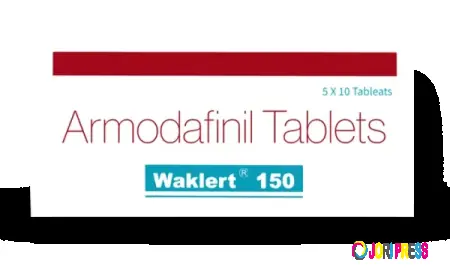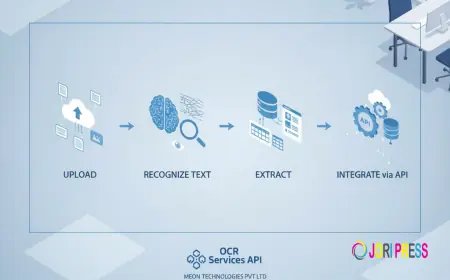Combining Aesthetics and Functionality in Hospital Interior Design
In today’s evolving healthcare landscape, the importance of thoughtfully planned hospital interiors cannot be overstated. Hospitals are no longer perceived as sterile, intimidating spaces. Instead, modern medical facilities strive to create welcoming environments that aid healing and reduce patient stress. This shift is largely influenced by the integration of aesthetics and functionality in hospital interior design.
From calming colors and ergonomic furniture to efficient layouts and natural lighting, every element of hospital interior decoration plays a role in ensuring that both patients and medical staff experience comfort and convenience. Here, we explore how hospitals can effectively balance visual appeal and practical utility through intelligent reception hospital interior design and comprehensive space planning.
The Evolving Purpose of Hospital Interior Design
The primary objective of hospital interior design is to support healthcare delivery while simultaneously enhancing patient satisfaction. In the past, hospital interiors focused solely on utility. However, research now shows that patient outcomes improve in environments that reduce anxiety, provide privacy, and promote a sense of well-being.
The right design strategy ensures patient-centric spaces while enabling staff to perform their duties efficiently. This balance of form and function is achieved by considering factors such as lighting, ventilation, acoustics, and spatial organization in the broader scope of hospital interior decoration.
Reception Hospital Interior Design: The First Impression Matters
One of the most crucial yet often overlooked aspects of hospital interior design is reception hospital interior design. The reception area serves as the face of the hospital, greeting not only patients but also visitors and vendors.
Effective reception hospital interior design ensures that the entrance is inviting, organized, and easy to navigate. Comfortable seating arrangements, clear signage, natural lighting, and subtle color schemes all contribute to creating a positive first impression.
Functionality is equally important—ample counter space for administrative tasks, queuing systems for patient flow, and accessibility features for individuals with special needs should all be incorporated.
Integrating Technology in Hospital Interior Decoration
Technology has revolutionized hospital interior decoration. From smart lighting systems that adjust to natural circadian rhythms to digital signage that guides visitors through complex hospital layouts, technology enhances both the patient and staff experience.
Incorporating tech-driven features into hospital interior design also ensures that hospitals stay adaptable to future advancements. Modular furniture, movable partitions, and multi-functional spaces are some elements that can be integrated to maintain a dynamic, future-proof environment.
Color Psychology in Hospital Spaces
Colors have a profound impact on human emotions and behaviors, making them a critical component of hospital interior decoration. Soft greens, calming blues, and warm neutrals are commonly used in hospital environments to create a soothing atmosphere.
In reception hospital interior design, color choices set the tone for the patient’s journey. Bright yet not overwhelming colors can make the space feel less clinical and more approachable. These thoughtful details contribute to a holistic healthcare experience that prioritizes mental and emotional well-being alongside physical treatment.
Space Optimization in Hospital Interior Design
Space optimization is an essential part of hospital interior design. Hospitals must balance patient rooms, operation theaters, administrative offices, and public spaces within a limited footprint. Efficient layouts ensure smooth workflow and reduce the likelihood of congestion, which is especially critical in emergency situations.
Clear pathways, strategically placed service areas, and designated zones for different functions contribute to a seamless environment. Integrating these considerations into hospital interior decoration leads to better service delivery and enhances patient trust in the facility.
Sustainability in Hospital Interior Decoration
Modern hospital interior decoration also emphasizes sustainability. Eco-friendly materials such as non-toxic paints, recycled flooring, and energy-efficient lighting systems not only reduce environmental impact but also create healthier indoor environments.
Biophilic design elements, such as indoor gardens and natural ventilation, are becoming popular trends in hospital interior design as they promote healing and contribute to a sense of tranquility. Sustainability is no longer a luxury in healthcare—it’s a necessity.
The Role of Hidecor in Hospital Interior Projects
When it comes to crafting functional yet aesthetically pleasing healthcare environments, Hidecor stands out as a reliable partner. Specializing in hospital interior design, Hidecor ensures that every project aligns with global healthcare standards while reflecting the unique needs of its clients. From conceptualization to execution, the focus remains on enhancing both patient and staff experiences through smart, thoughtful design.
Conclusion
The healthcare industry is undergoing a design renaissance, where the focus is no longer limited to medical treatment but extends to patient comfort, staff efficiency, and operational sustainability. By combining aesthetics with functionality in hospital interior design, hospitals can foster healing environments that truly support modern healthcare needs.
Whether it’s the calming hues of patient rooms, the tech-enabled features in operating theaters, or the welcoming layout of reception hospital interior design, each element contributes to a unified experience. By prioritizing both visual appeal and practical usability, today’s hospitals are redefining what it means to deliver care in a thoughtfully designed space.
What's Your Reaction?
 Like
0
Like
0
 Dislike
0
Dislike
0
 Love
0
Love
0
 Funny
0
Funny
0
 Angry
0
Angry
0
 Sad
0
Sad
0
 Wow
0
Wow
0
















































